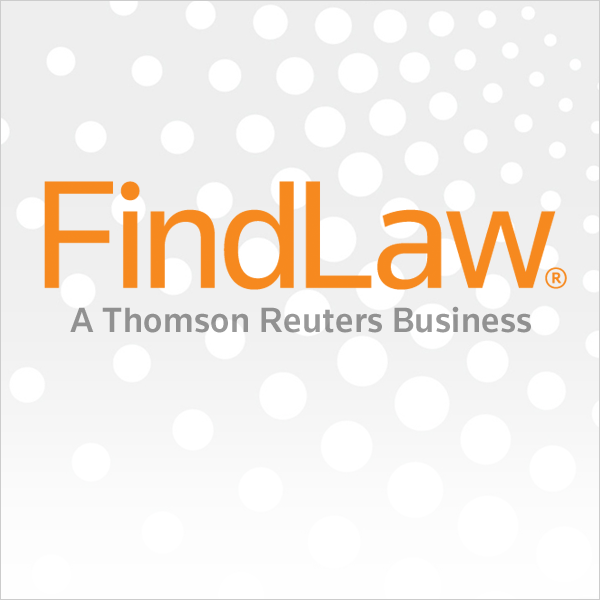By Gary Hernandez and Paige Waters
The following chapter discusses the philosophy and methodology behind the regulation of insurer solvency. It begins in...
LexisNexis® CLE On-Demand features premium content from partners like American Law Institute Continuing Legal Education and Pozner & Dodd. Choose from a broad listing of topics suited for law firms, corporate legal departments, and government entities. Individual courses and subscriptions available.
The following chapter discusses the philosophy and methodology behind the regulation of insurer solvency. It begins in Section 14.01[1] with a brief review of the field of solvency regulation. Such regulation seeks to mitigate the risk of loss to businesses and individuals should an insurer become insolvent. Regulators therefore employ an arsenal of data gathering and analysis techniques to make judgments on the financial strength of a given insurer. The regulator then has various remedial options available to address any negative results, including the option of placing the insurer in receivership and winding down the business. Section 14.01[3] explains the justification for insurance industry regulation dating back to the nineteenth century and briefly introduces the various rating agencies active in this realm. This historical analysis is expanded in Section 14.01[4], which lays out the path from early insurance regulation via corporate charter to the modern approach of legislative and regulatory solvency controls. The shift to more involved government regulation came about due to the negative impacts of insurer insolvency in the face of catastrophic losses such as the Great Chicago Fire. Insurance regulation focused initially on rules governing capital reserves and insurance rates. However, it has more recently evolved into developing and using systems to alert regulators in advance of an insurer’s possible failure and to preserve capital in the event of a significant deterioration in the insurer’s ability to continue to operate as a solvent insurer.
The insurance rating agencies are discussed more fully in Section 14.02, and Section 14.02[1] sets out the theoretical background of these agencies as well as their weaknesses. The specific ratings vary among the agencies, and Section 14.02[2] compares the ratings across agencies to explain their meaning. That section then reviews the data rating agencies use in making their rating determinations, with a particular focus on the six primary factors used in this analysis:
How a rating agency uses these factors depends on the methods it adopts in monitoring solvency. For example, these agencies often examine the reinsurance purchased by insurers. As set out in Section 14.02[3], stable reinsurance relationships can be used as an indicator of stable insurers. Finally, rating agencies serve the market for insurance products, a-suring the provision of relevant information to consumers.
State insurance commissioners and their staffs regulate insurance. They coordinate with each other as a professional a-sociation known as the National A-sociation of Insurance Commissioners (“NAIC”), whose membership is comprised of every insurance commissioner from the 50 states, the District of Columbia, and the five United States territories. The NAIC members share their knowledge with each other and develop optional model laws and regulations that may be enacted in the member jurisdictions. Section 14.03 discusses NAIC, is model rules, and how they apply to insurance solvency regulation. As discussed in Section 14.03[1], NAIC, among its functions, drafts six volumes of model rules that its member jurisdictions may use in regulating insurance. Those volumes include regulations governing insurance solvency. As noted in Section 14.03[2], they explicitly recognize the specific uncertainties attached to the insurance business specifically and financial matters in general. The goal of the regulation, therefore, is to ensure that regulated insurers have sufficient financial backing to satisfy the insurer’s obligations and to ensure that the insurer has sufficient funds invested in diverse, prudent investments. These two goals are intended to minimize the risks of large covered losses, on the one hand, and of market losses, on the other hand. NAIC’s proposed regulations follow two separate regulatory philosophies, and they invite regulators to use either or both in crafting their state-specific rules. As discussed in Section 14.03[3], one such philosophy set out “defined limits” that state with specificity the types of investments permitted to an insurer and the diversification required for each type of permitted investment. The other philosophy sets out “defined standards” that more generally require the insurer’s prudent investing, although they also set out rules governing the classes of investments and diversification thresholds. Lastly, Section 14.03[4] reviews the NAIC model rules for risk-based capital (“RBC”). Such rules require an insurer to keep a certain level of capital to cover the risks in its insurance policies. Should the RBC fall below certain thresholds, or should it be disallowed due to violations of the investment regulations as set out in Section 14.03[4], then the model rules set out specific regulatory actions.



















